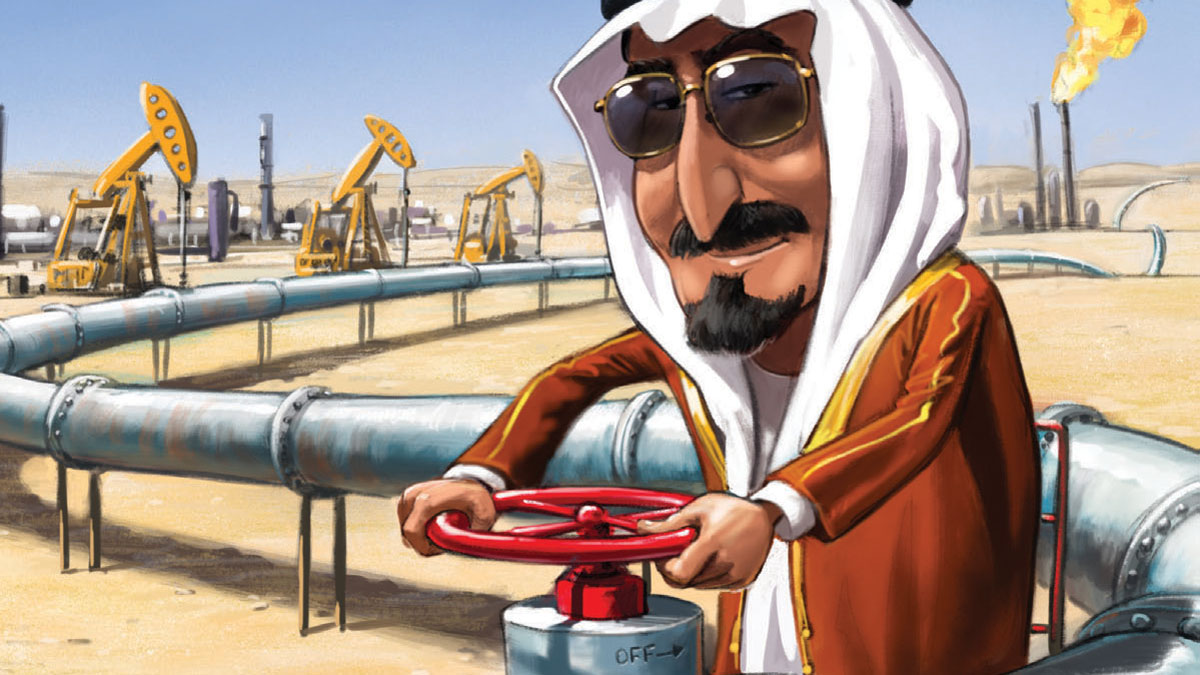
Saudi Arabia's Oil Production Cut: Implications for Prices, Speculators, and Cuba's Fuel Crisis
Saudi Arabia's Unilateral Oil Production Cut Sends Shockwaves: Examining Price Impact and Speculator Response
In a surprising move, Saudi Arabia has decided to reduce its oil production by one million barrels per day, starting in July. This decision comes as oil producers face falling prices and increasing bets by Wall Street speculators that could push prices even lower. Saudi Arabia aims to target these traders and stabilize the market.
The announcement to cut oil output followed extensive negotiations within the OPEC+ alliance. Other oil-producing nations have agreed to extend their earlier production cuts through next year. However, Saudi Arabia's decision will push its production down to levels rarely seen in decades.
While the oil market initially responded positively to the news, the price volatility continued throughout the week. Reports of a potential US-Iran deal to release Iranian oil into the market caused a temporary dip, but the price quickly rebounded. It was suggested that the deal could add up to one million barrels per day to the global supply, adding to concerns about the future demand for oil.
The OPEC+ meeting last Sunday initially provided a boost in prices, but they fell back within the usual range. The unexpected increase in US initial jobless claims caused the US dollar to tumble, leading to a decline in Treasury yields. The yield spread between the 2-year and 10-year notes remained near record inversion, a sign that raises concerns about the global economic outlook.
China, which has been struggling to revitalize its economy after pandemic restrictions, has shown limited price pressures. Its consumer price index (CPI) for May was only 0.2% year-on-year, with producer price index (PPI) at -4.3% for the same period. The lack of price pressures in the second-largest economy in the world could continue to undermine crude oil prices.
Despite these challenges, clean energy investment is expected to outshine the oil industry for the first time ever. The shift towards renewable energy sources reflects the growing global focus on sustainability and reducing carbon emissions.
Turning to the current state of oil prices, Brent crude futures rose slightly by 0.5% to $76.32 a barrel, while US West Texas Intermediate crude increased by the same percentage to $71.63 a barrel. These benchmarks experienced some losses during the week due to rising concerns over oil demand growth, combined with an increase in US fuel stocks and weak Chinese export data.
The attention now shifts back to the fragile oil demand picture. The United States entering the summer holiday season, when more people drive, is expected to contribute to higher demand. However, worries persist over the slow pickup in China's fuel demand, despite India's sustained economic momentum driven by strong factory activity and record-high diesel sales.
Looking ahead, oil prices could be influenced by the decisions of major central banks, such as the US Federal Reserve, which is anticipated to determine the short-term outlook for the global economy. If stockpiles reach uncomfortably low levels, oil prices may eventually rise.
According to the Energy Information Administration (EIA), global oil production is expected to be lower than previously forecasted, leading to higher prices. OPEC+ has extended its production cuts through 2024, and Saudi Arabia's unilateral decision to reduce output further supports this projection. The EIA also expects US crude production to reach record highs in 2023 and 2024, while consumption of liquid fuels is anticipated to set record highs during the same period.
Enverus Intelligence Research predicts a supply shortage of 1-3 million barrels per day in the second half of the year, potentially driving Brent crude prices to $100 per barrel by the fourth quarter.
On the other hand, Cuba is grappling with severe fuel shortages due to its economic crisis and US embargo. The country only produces one-third of the fuel it needs daily, leading to long queues at gas stations and blackouts. To alleviate the situation, Cuba has been receiving oil shipments from countries like Mexico and Russia. However, the country faces challenges in paying for the oil, often relying on credit or exchanging resources, such as Cuban doctors, for oil supplies.
Despite these efforts, Cuba continues to struggle with fuel deficits and limited refining capacity. Fires at storage centers and a decline in shipments from Venezuela, a regional ally, have further exacerbated the situation. The recent US authorization for Chevron to expand production in sanctioned Venezuela and resume oil exports has also affected Cuba's oil supply.
In conclusion, Saudi Arabia's decision to cut oil production has drawn attention to the volatile oil market and the influence of Wall Street speculators. While clean energy investment gains momentum, concerns over oil demand persist, particularly with China's sluggish recovery and low price pressures. Oil prices experienced fluctuations throughout the week, with Brent crude and West Texas Intermediate crude closing higher. Future price movements will likely be influenced by the decisions of major central banks and the balance between supply and demand. Meanwhile, Cuba continues to face significant fuel shortages, relying on oil shipments from Mexico and Russia to alleviate the crisis caused by its economic struggles and US sanctions.
Read More
-
GPIQ ETF Rises on 10% Yield and AI Boom as Investors Brace for Tech Volatility
14.10.2025 · TradingNEWS ArchiveStocks
-
Ripple (XRP-USD) Stabilizes at $2.51 as Whales Buy $5.5B and ETF Outflows Shake Crypto
14.10.2025 · TradingNEWS ArchiveCrypto
-
Natural Gas Price Forecast - NG=F Falls to $3.07 as Supply Glut and Weak Heating Outlook Hit Demand
14.10.2025 · TradingNEWS ArchiveCommodities
-
USD/JPY Price Forecast - Dollar to Yen Slides to 151.80 as Trade Tensions Boost Yen Strength
14.10.2025 · TradingNEWS ArchiveForex



















